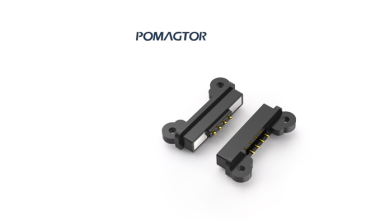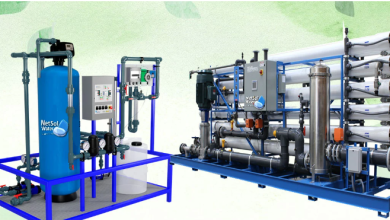Enhancing Design Accessibility with CAD Conversion Services

In the world of design and manufacturing, accuracy, efficiency, and accessibility are of paramount importance. With technology evolving at an unprecedented rate, organizations are constantly on the lookout for tools and methodologies to maintain a competitive edge. Computer-Aided Design (CAD) has become a staple in industries that rely heavily on design and prototyping. CAD conversion services allow for improved design accessibility, interoperability, and protect legacy data. It’s a potent innovation that is helping businesses globally redefine the way they operate.
Architectural Benefits of CAD Conversion
In the dynamic field of architecture and construction, Computer-Aided Design (CAD) conversion services have emerged as a game changer. This innovation has infused better coherence and efficiency in various aspects of projects ranging from the design phase to eventual execution. CAD conversions allow professionals to manifest their creative ideas into precise 2D sketches or 3D models with utmost accuracy. Additionally, these services have streamlined the process of conceptualization, making it easier for architects to view, modify, and enhance their designs as per project requirements. Overall, the adoption of CAD conversion services has revolutionized workflow in the architecture and construction industry, marking a significant shift from traditional methods to a more modern, reliable and efficient approach.
Enhanced Precision and Efficiency
CAD conversion offers superior precision when compared to traditional hand-drawn sketches. With this technology, architects gain the ability to examine their designs from various angles, ensuring accuracy and eliminating errors. It boosts efficiency as it saves valuable time and resources.
Protecting Legacy Data
Over time, paper-based plans and designs may lose quality, become damaged, or go missing. This is where CAD conversion becomes particularly valuable – it provides a reliable solution for preserving legacy architectural data, ensuring it remains accessible for future use.
Mechanical and Manufacturing Industry Advantages
Much like architecture, the mechanical and manufacturing sector has also seen significant advantages from the implementation of CAD conversion services.
Streamlined Production Process
The transition of 2D diagrams into 3D models is easier than ever, thanks to CAD conversion services. This capability not only makes the visualization process more feasible but also optimizes the production process. The conversion allows for a seamless integration of designs into computerized manufacturing systems, thus reducing errors and saving cost and time.
Ensuring Regulatory Compliance
Compliance with regulatory standards is another challenge that mechanical and manufacturing industries often face. CAD conversion technology aids in maintaining the necessary design specifications, ensuring all products meet the required safety and quality standards.
How CAD Conversion Enhances General Accessibility
Beyond benefiting specific industries like architecture, mechanical design, and manufacturing, CAD conversion services have a much wider appeal due to their ability to enhance general accessibility for a diverse range of users. This robust technology allows users to store, retrieve, and manage their design data digitally, thereby providing easy access to crucial information when and where it’s needed. In addition, CAD conversion offers the flexibility of working from different devices, making it a convenient tool for professionals who need to collaborate from multiple locations.
Global Collaboration
One of the most significant advantages of CAD conversion is the ease of sharing and collaborative work it facilitates. Teams located in different parts of the world can work together on the same design with real-time updates, leading to faster decision-making and efficient project execution.
Encourages Sustainable Practices
Lastly, CAD conversion promotes paperless design and manufacturing processes, aligning operations with environmentally friendly practices. It encourages sustainable design and engineering practices, lowering the ecological footprint of organizations.
CAD design services are boosting innovation across numerous sectors. From architecture to manufacturing, the benefits of CAD conversion are empowering industries to adapt to the digital revolution, streamline workflows, and achieve greater precision.
Conclusion
The advent of CAD conversion services has prominently changed the landscape of design and manufacturing. This technology not only provides superior precision in designing but also overcomes issues related to data loss and inaccessibility of legacy data. It streamlines the production process, ensures regulatory compliance, and enhances overall accessibility.
By breaking geographical barriers, it promotes global collaboration. Further, it advocates for greener practices by minimizing reliance on paper-based designs. In the era of rapid digitization, businesses must leverage advanced CAD conversion and design services to stay competitive and future-ready.




